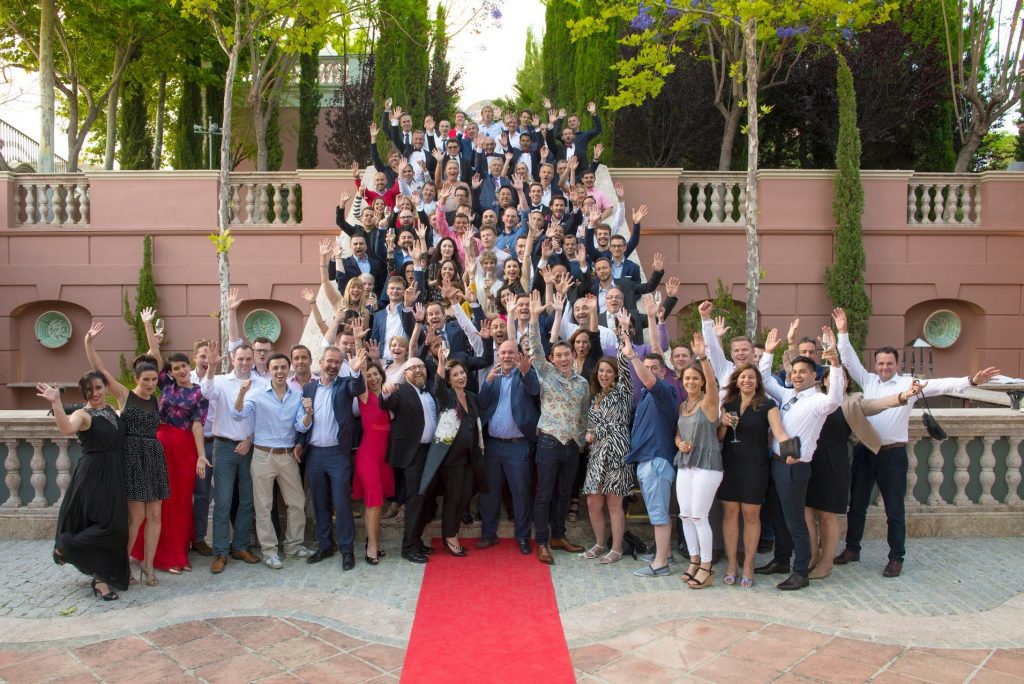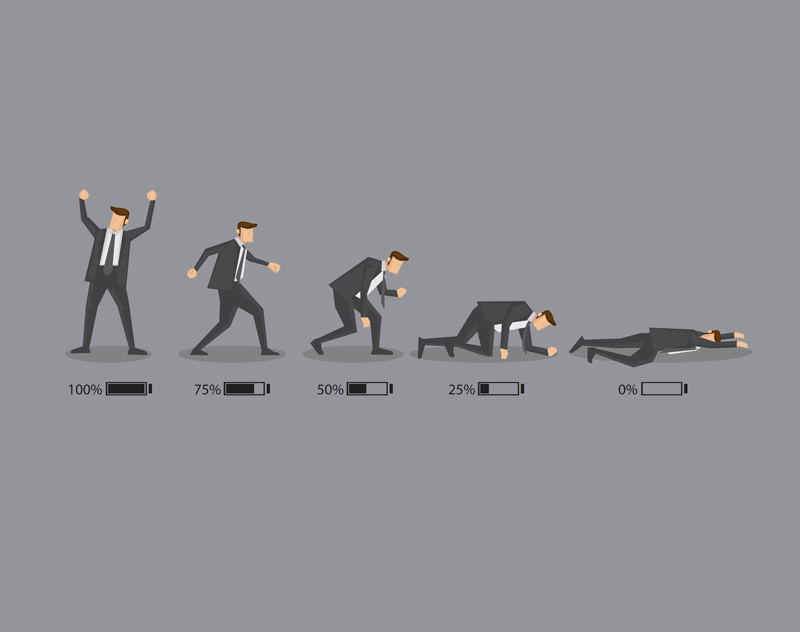I spent some time with Oracle a few weeks ago, during the kick-off to their new financial year. 150 senior leaders from across EMEA came together under their branded ‘Sunrise’ event to hit the refresh button and ensure a good start to FY2019.
I’ve previously talked of the pressures during the 4th quarter in the company and the two day event was a reward for a good job done as well as a look ahead. I began to reflect that not all companies have such a dynamic, allowing a pause, however brief, before resuming the race. Not to say that the speed necessarily decreases in Oracle at any point in the year, and perhaps it should, but the mental framing of moving forward with a fresh pursuit of growth certainly does.
Many may experience the days, weeks, months, and years of their working lives to pass in a seldom changing drudgery of being ‘always on’ with ever tightening patterns of behaviour and unchanging habits. As in sport, I believe there should be a more clearly defined cycle or ebb and flow to work, helping on both the mental and physical levels. Chief among such a reflection has to be recovery.
Olympic athletes will work to a defined 4-year cycle of progress and other sports will have an annual downtime or off-season allowing the athletes to recover and perhaps work on their weaknesses. One of the mainstream sports not to adhere to this dynamic is Tennis, famously known for a grueling 12 month schedule which has resulted in serious injuries to the top 4 players of the past decade –Federer, Nadal, Djokovic and Murray in recent years.
So what is your own principal cycle time? Perhaps the business quarter holds sway like the Oracle executives, or tourism and weather dictates an intense summer period. Others in a more technical environment may follow established shift patterns. Whatever it is, the requisite recovery mechanisms need to be considered. The pursuit of progress may also be aided by considering another key principle in athletic training, that of periodization – a three-phase approach where training load is built progressively over a period of time before maintaining that load and then allowing the body to recover. My own athletics experience over the years would typically involve periods of 6 weeks. In the age of lifelong learning considering periodization may also offer clues as to how we absorb and consolidate new things.

Daily cycles are also of interest here. We have worked for several years in the area of circadian rhythm science (discussed in more detail in chapter 8 of my new book) and some of our daily patterns are surprising:
1.We are taller in the morning than in the evening (up to 2cm). Over the course of a day our cartilage compresses, mostly within our spinal column, as a result of our physical actions. Sleep allows everything to relax and fully decompress.
2.We are physically stronger later in the day. Most athletics world records are broken in the afternoon or evening, when body temperature is highest, blood pressure is lowest, and lung function is more efficient.
3.Our core temperature varies during the day, dipping towards bedtime. Taking a hot shower or bath before bed can aid sleep, and researchers believe that the natural dip in temperature when we get out provides an additional signal to the brain that it is time to go to sleep. Our lowest temperature occurs around 5am – does pulling the covers over in those pre-dawn hours sound familiar?
The above examples may not be the most critical in a business context but energy, alertness and decision-making certainly are – and are also at the mercy of our circadian rhythm.
Many may be aware of the main energy fluctuations during a day; the siesta or nap zone in the mid-afternoon is now taken seriously at some leading companies who have installed nap-pods and rooms. The need to nap is not actually due to a large lunch (although it certainly can be compounded by one), but due to the fact that 3pm and 3am are the lowest energy points of our day.
Being aware of our higher energy states is just as important. How do you spend the pockets of time between 10am and midday, and 4pm and 6pm when we are at our most alert? Most business cultures and individual habits result in email and heavy administrative work taking up the first peak period and a home commute taking up the second. Try recording your own ‘energy audit’ over the course of a week. When do you feel most alert and when do you have your best ideas? Are you making the most of that time?
On average, people are worse at processing new information, planning, and resisting distractions as the day progresses. Decision fatigue theory points to the lower quality of our decisions as the day advances, with good decisions also dependent on mealtimes and eating the right food. Ethics are also at the mercy of our biology. When energy is low, people are more likely to behave unethically with others, having a greater tendency to lie in the afternoon than in the evening. Researchers call this ‘psychological depletion’, reflecting our experience of being cognitively weaker as the day wears on.
We have long held a machine-based view of work, a remnant of the first industrial revolution, but in the fourth industrial revolution, for humans to truly thrive we need to consider more closely our natural rhythms. Starting with the mental framing of ‘pause-appreciate-look ahead’ that was evident at the Oracle Sunrise event is a good start. The Lego CEO, Jørgen Vig Knudstorp, said: “Every year we throw out the trophies and start again.” How may you bring a more rhythmic approach to your working life?
About the Author
 Dr. Steven MacGregor is the CEO of The Leadership Academy of Barcelona [LAB] an executive education provider and management consultancy with clients including McKinsey, Telefónica and Uber. A Visiting Fellow at the Glasgow School of Art he teaches on open and custom programs at IMD, IE, IESE and CEIBS. Formerly a visiting researcher at Stanford and Carnegie-Mellon he is the author of Chief Wellbeing Officer (LID 2018) and Sustaining Executive Performance (Pearson 2015). His twitter handle is @spmacg.
Dr. Steven MacGregor is the CEO of The Leadership Academy of Barcelona [LAB] an executive education provider and management consultancy with clients including McKinsey, Telefónica and Uber. A Visiting Fellow at the Glasgow School of Art he teaches on open and custom programs at IMD, IE, IESE and CEIBS. Formerly a visiting researcher at Stanford and Carnegie-Mellon he is the author of Chief Wellbeing Officer (LID 2018) and Sustaining Executive Performance (Pearson 2015). His twitter handle is @spmacg.




































